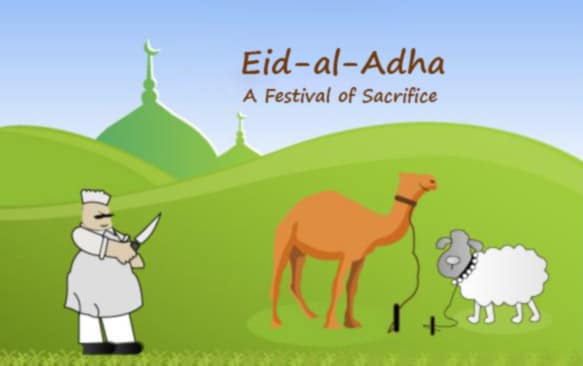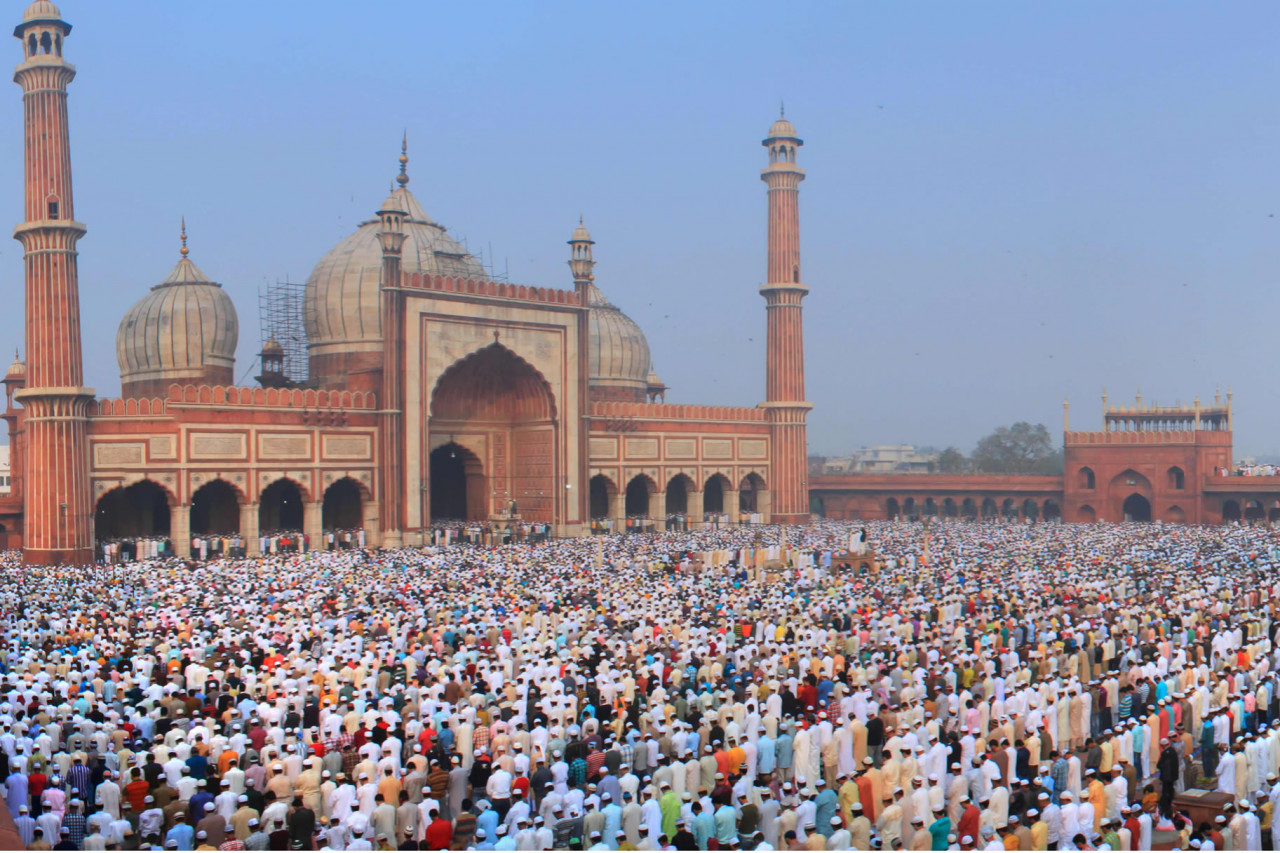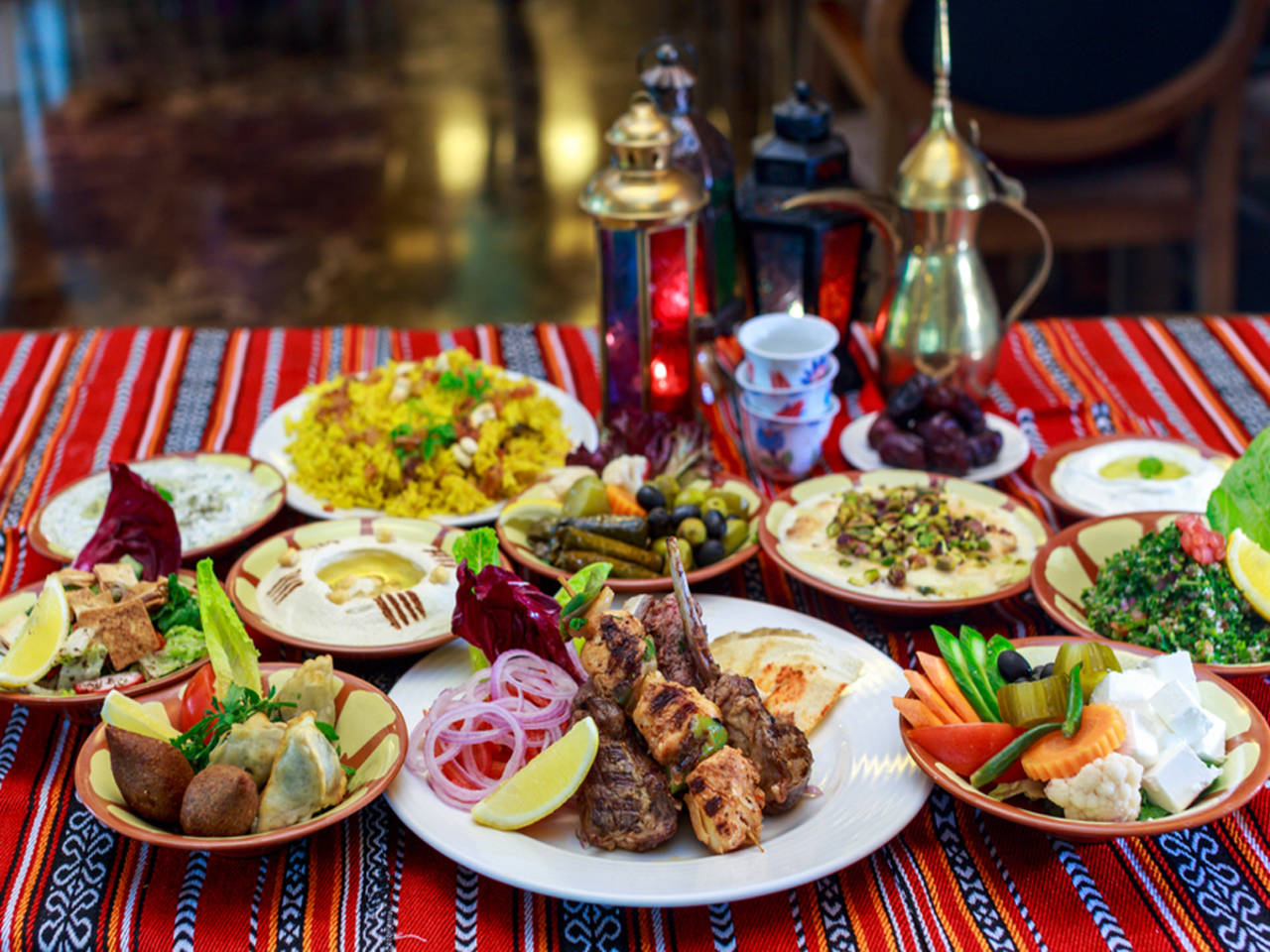Table of Content:
- Significance and History
- Preparations and Traditions
- The Act of Sacrifice
- Prayer and Sermons
- Cultural Influences
- Festive Cuisine
Eid ul-Adha, also known as the "Festival of Sacrifice," is one of the most significant religious observances in the Islamic calendar. Celebrated by Muslims around the world, the festival holds great cultural and spiritual importance. However, while the core essence of Eid ul-Adha remains the same, the way it is celebrated can vary across different countries. This article explores the similarities and differences in how Eid ul-Adha is observed in other countries versus its celebration in Pakistan.
Significance and History:
In both other countries and Pakistan, Eid ul-Adha commemorates the willingness of the Prophet Ibrahim (Abraham) to sacrifice his son Isma'il (Ishmael) as an act of obedience to God's command. However, it diverges in the historical context of how the festival became a tradition. In Pakistan, it is primarily celebrated as a national holiday, whereas in other countries, it is observed as both a religious and cultural festivity.

Preparations and Traditions:
In countries outside Pakistan, preparations for Eid ul-Adha often begin days in advance. Families come together to clean and decorate their homes, purchase new clothes, and prepare traditional dishes. The markets bustle with activity as people buy sacrificial animals like goats, sheep, or cows. However, in Pakistan, the preparations start much earlier, and the atmosphere is marked by a heightened sense of anticipation and excitement.
The Act of Sacrifice:
The central ritual of Eid ul-Adha is the act of sacrifice, where Muslims slaughter an animal in remembrance of Ibrahim's obedience. In both other countries and Pakistan, the meat is divided into three parts: one-third for the family, one-third for relatives and friends, and one-third for the needy. However, there may be variations in the preferred animal for sacrifice and the handling of the meat depending on cultural norms.

Prayer and Sermons:
On Eid morning, Muslims gather at mosques or prayer grounds to offer special prayers. In other countries, the prayers are followed by sermons on the significance of Eid ul-Adha and its teachings. The atmosphere is vibrant, with people dressed in traditional attire, exchanging greetings, and embracing each other. Similarly, in Pakistan, large congregations assemble for prayers in open areas, parks, or mosques, creating a sense of unity and community spirit.

Cultural Influences:
In countries outside Pakistan, Eid ul-Adha may blend with local traditions and customs, incorporating elements from diverse cultures. The celebration often becomes an opportunity for people of different backgrounds to come together, fostering a spirit of inclusivity. On the other hand, in Pakistan, Eid ul-Adha retains a more traditional approach, with cultural practices remaining closely tied to Islamic teachings.
Festive Cuisine:
The culinary delights during Eid ul-Adha differ significantly between countries. In other nations, you may find a wide variety of traditional dishes, reflecting the diversity of the local culture. Each region may have its own special delicacies to mark the occasion. Conversely, Pakistan showcases its rich culinary heritage during Eid, with families preparing mouthwatering dishes like biryani, kebabs, and various desserts, giving it a distinct flavor unique to the country.

Eid ul-Adha is a time of reflection, gratitude, and compassion, celebrated with immense joy and devotion across the Muslim world. While the core principles of the festival remain unchanged, the celebrations in other countries and Pakistan manifest unique cultural expressions. Whether observed amidst bustling metropolitan areas or serene rural landscapes, the essence of Eid ul-Adha lies in the unity, generosity, and spirituality it fosters among individuals and communities, regardless of their geographical location.


You must be logged in to post a comment.